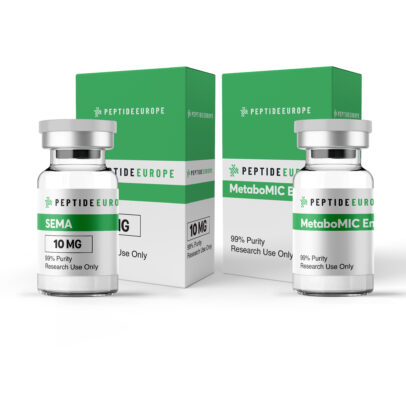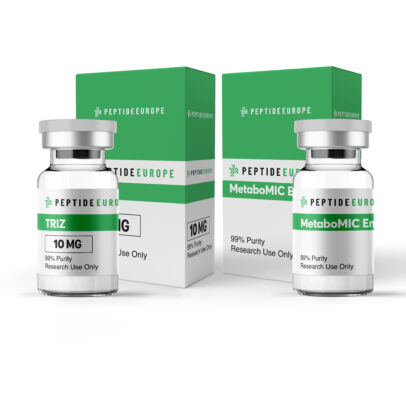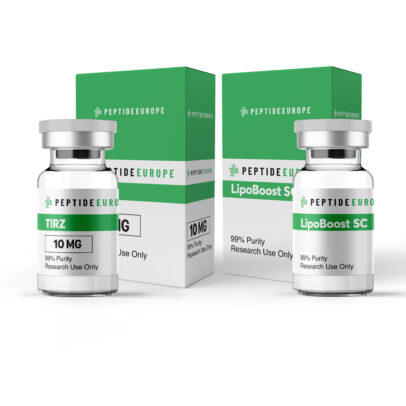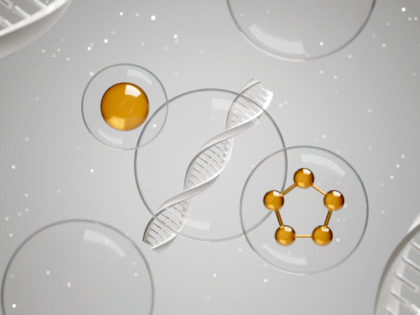The Science Behind Amino Acids, Structure, and Synthesis
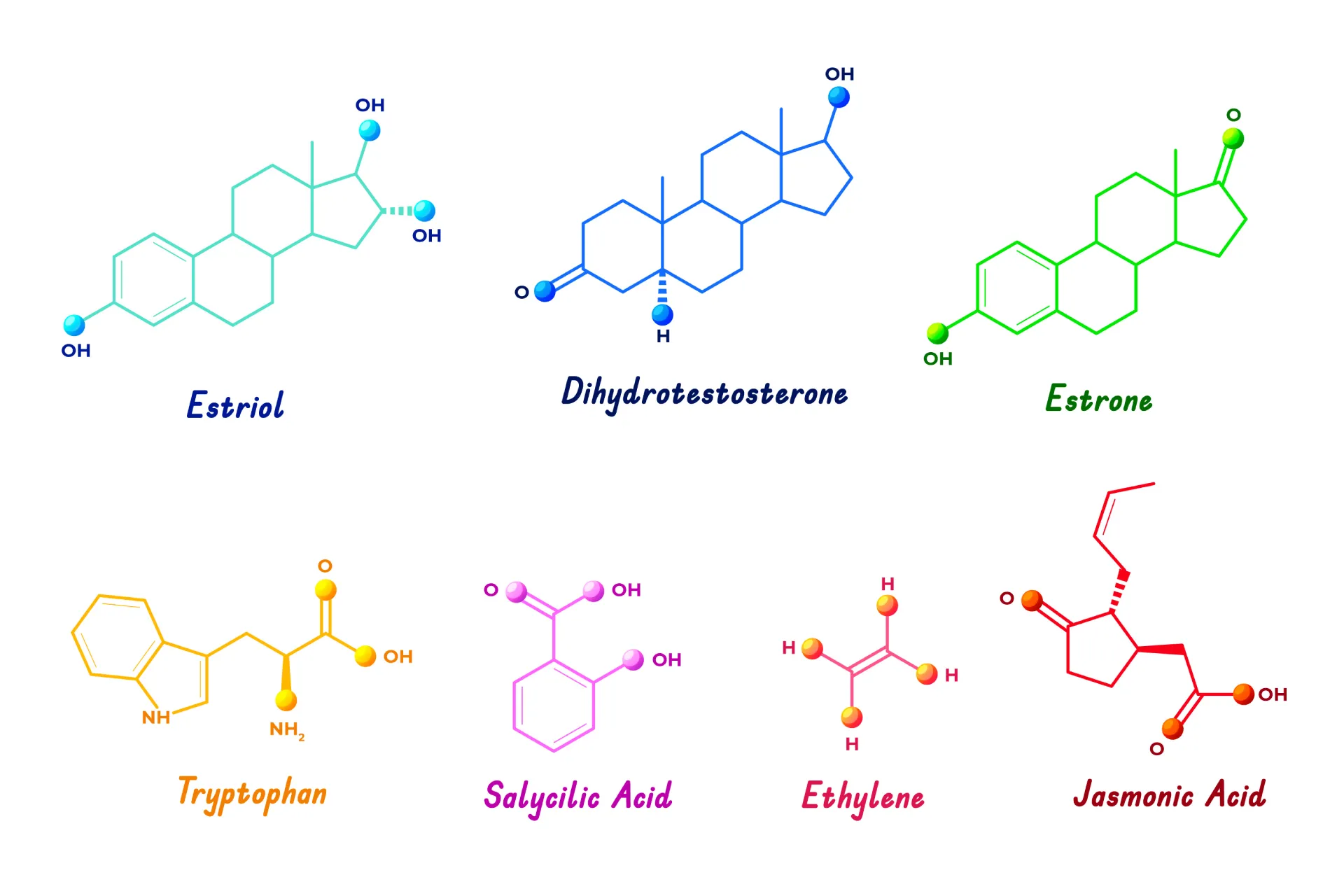
Peptides have become an essential part of modern biochemical and pharmaceutical research. Whether you’re exploring drug development, protein interactions, or cellular repair mechanisms, understanding how peptides are formed, and how they function is key.
At the core of this lies amino acids chemistry, amino acid structure, and the process of peptide synthesis, which includes both the chemical peptide synthesis techniques and broader peptide chemistry principles.
At pepeurope.net, we specialize in offering research-grade peptides for labs and academic institutions, helping push the boundaries of what peptides can do in controlled scientific environments.
What Are Amino Acids and Why Are They Important?
To understand peptides, we first have to start with amino acids, the basic building blocks of all peptides and proteins. Each amino acid has a central carbon atom, called the alpha carbon, that connects to four groups: an amino group, a carboxyl group, a hydrogen atom, and a unique side chain known as the R-group. This side chain is what makes each amino acid different, giving it specific properties such as polarity, charge, or hydrophobicity.
The structure of amino acids allows them to act as both acids and bases, which is why they’re called amphoteric. At physiological pH, they often exist in a zwitterionic form, meaning they carry both positive and negative charges at the same time. This chemical nature makes them ideal for linking together through peptide bonds.
Sema Beauty & Slim (kontrola wagi / zdrowa skóra)
Sema Metabolic Boost (apetyt / metabolizm / energia)
Metabolic Boost Duo (tłumienie apetytu / energia / metabolizm)
Sleep and Slim Pack (kontrola wagi / regeneracja snu)
The Basics of Amino Acids Chemistry
Amino acids are the building blocks of peptides and proteins. Each amino acid features a central (alpha) carbon atom bonded to:
- A carboxyl group (-COOH)
- An amino group (-NH₂)
- A hydrogen atom
- A unique side chain (R-group)
This structure gives amino acids their amphoteric nature, allowing them to act as both acids and bases. At physiological pH, they often exist as zwitterions, carrying both positive and negative charges.
Amino Acid Structure and Peptide Bond Formation
Peptides are formed when amino acids bond together via what’s called a peptide bond, an amide linkage formed when the carboxyl group of one amino acid reacts with the amino group of another. Depending on the number of amino acids involved, you get either a short peptide or a longer polypeptide.
Chains up to 50 amino acids are usually classified as peptides, and anything longer generally falls under proteins. These molecules play incredibly important roles in the body, including acting as hormones (like insulin), neurotransmitters, growth factors, and even antimicrobial agents.
Creating peptides in the lab is a fascinating process. Thanks to advancements in chemical peptide synthesis, scientists can now design peptides with exact sequences and modifications tailored to their research.
The two main methods used are Solid-Phase Peptide Synthesis (SPPS) and Liquid-Phase Peptide Synthesis (LPPS). SPPS is the go-to technique in most labs today because it simplifies purification and allows for automation. LPPS, though older, is still useful for producing small peptides in bulk.
There are also more sustainable approaches, such as chemoenzymatic synthesis, which combines chemical steps with enzyme-based methods to reduce waste and increase efficiency.
The synthesis process typically follows a few main steps:
- Protection: Temporarily block reactive parts of amino acids to avoid unwanted reactions.
- Activation and Coupling: Enable the formation of peptide bonds between amino acids.
- Deprotection: Remove the protective groups for the next reaction.
- Cleavage and Purification: Finalize the chain and isolate the pure peptide.
What Is Peptide Chemistry?
This process allows researchers to build peptides with precision, introducing custom modifications, unnatural amino acids, or sequences that are otherwise difficult to study using biological systems alone. This is where peptide chemistry shines, it gives researchers the freedom to design and test peptides for very specific biological functions.
Peptide chemistry involves the study of peptides’ formation, structure, and function. Peptides are more than just short protein fragments, they play significant roles in the body, acting as:
- Hormones (e.g., insulin)
- Neurotransmitters
- Immune modulators
- Cell signaling molecules
In the lab, peptides are studied to better understand these biological functions or to develop synthetic analogs for pharmaceutical research.
So, what do peptides actually do in the human body? While the peptides offered at pepeurope.net are strictly for research use only and not intended for human consumption, scientific studies show that peptides influence many important biological processes. They help regulate hormone levels, aid in muscle growth and repair, improve fat metabolism, and even support immune and neurological function. This is why synthetic peptides are being studied for potential therapeutic roles in conditions like diabetes, cancer, skin aging, and autoimmune diseases.
Sema Beauty & Slim (kontrola wagi / zdrowa skóra)
Sema Metabolic Boost (apetyt / metabolizm / energia)
Metabolic Boost Duo (tłumienie apetytu / energia / metabolizm)
Sleep and Slim Pack (kontrola wagi / regeneracja snu)
Chemical Peptide Synthesis: How Research Peptides Are Made
In research settings, peptides are typically administered in ways that ensure the best delivery and absorption. Common methods include subcutaneous or intramuscular injections, and sometimes topical application in dermatological studies.
Oral use is rare due to the digestive system breaking down peptides before they reach the bloodstream. How long a peptide is used in a study depends entirely on the research goal, but typical timeframes range from 4 to 12 weeks, often followed by a rest or observation period to assess results.
If you’re sourcing peptides for research, pepeurope.net is dedicated to supplying high-quality, lab-tested peptides across Europe. Our products are intended strictly for laboratory and research use, not for human or veterinary use, and we ensure compliance with regulatory standards. Researchers choose us for:
- High-purity peptides designed for accuracy and reliability
- A wide range of common and custom peptide sequences
- Fast and secure European shipping
- Transparent product documentation and support
Main Methods of Peptide Synthesis
- Solid-Phase Peptide Synthesis (SPPS)
Anchors the peptide chain to an insoluble resin. Amino acids are added step-by-step, allowing for automation and easy purification. - Liquid-Phase Peptide Synthesis (LPPS)
An older technique used primarily for bulk production of smaller peptides. - Chemoenzymatic Synthesis
Combines chemical reactions with enzymatic steps for greater sustainability and specificity.
Step-by-Step Breakdown of the Synthesis Process
- Protection – Block reactive amino acid sites to prevent side reactions
- Activation & Coupling – Use activating agents to form strong peptide bonds
- Deprotection – Remove the protective groups
- Cleavage & Purification – Release the peptide from the solid resin and purify
These steps ensure a high-purity product with precise sequence control, essential for consistent research results.
Understanding peptide synthesis, amino acid structure, and the chemistry behind peptides is essential if you’re working in life sciences, pharmacology, or biotechnology. At pepeurope.net, we’re here to support your scientific journey with reliable, research-grade peptides that help uncover what peptides can really do.
Conclusion
Understanding the amino acids chemistry, amino acid structure, and how peptides are synthesized gives researchers the foundation to explore advanced biomedical questions. Through techniques like solid-phase peptide synthesis, scientists can now build complex, high-purity peptides for use in research, from drug development and diagnostics to disease modeling.
If you’re looking for trusted, research-grade peptides in Europe, pepeurope.net offers both quality and expertise tailored to your scientific needs.



